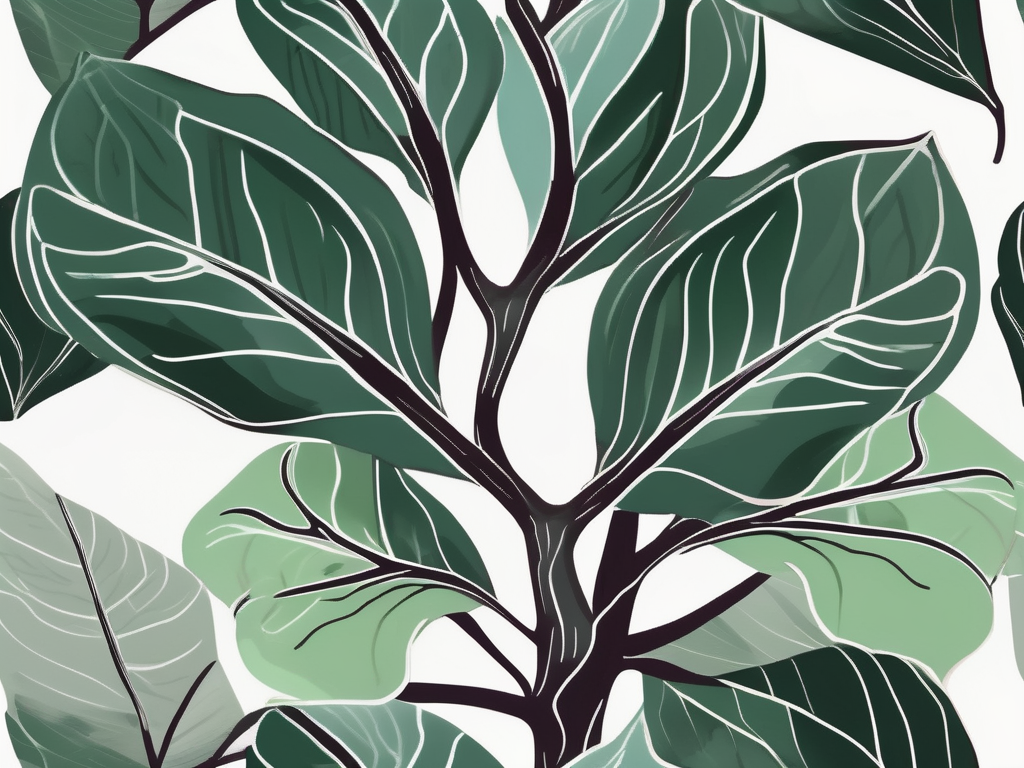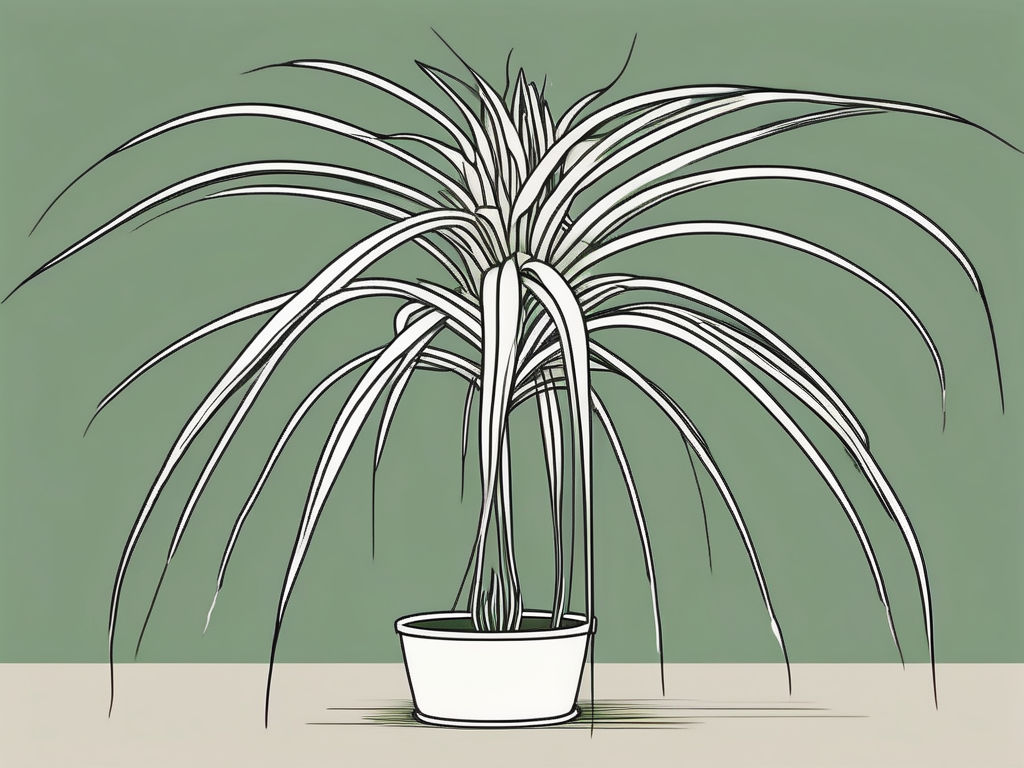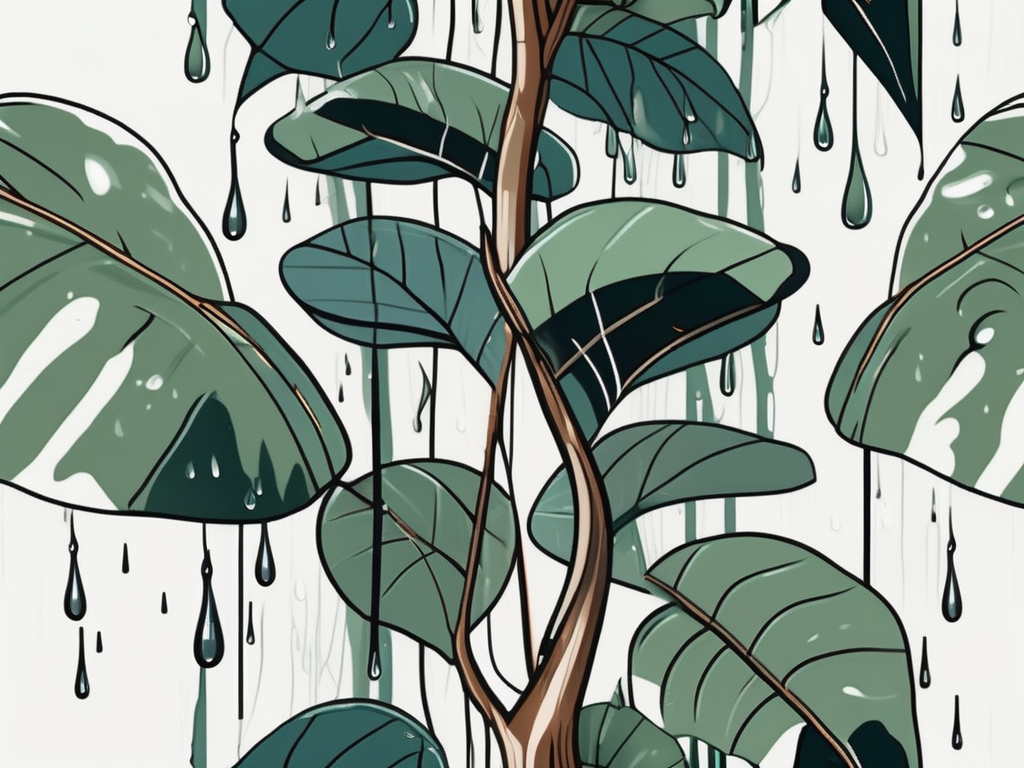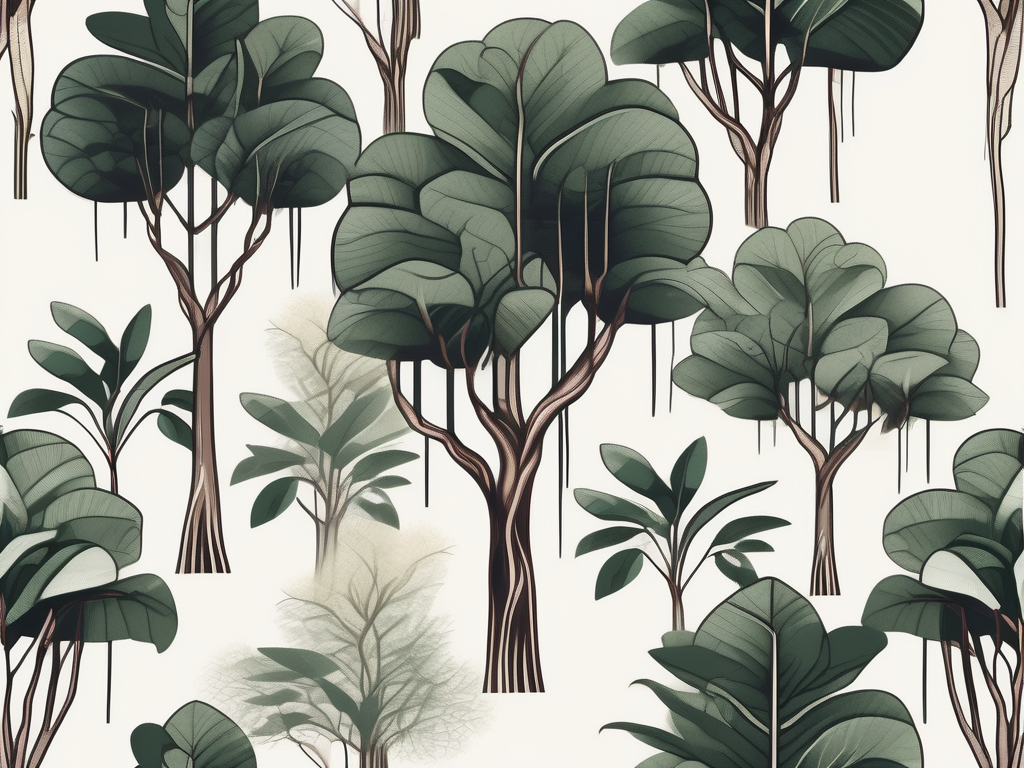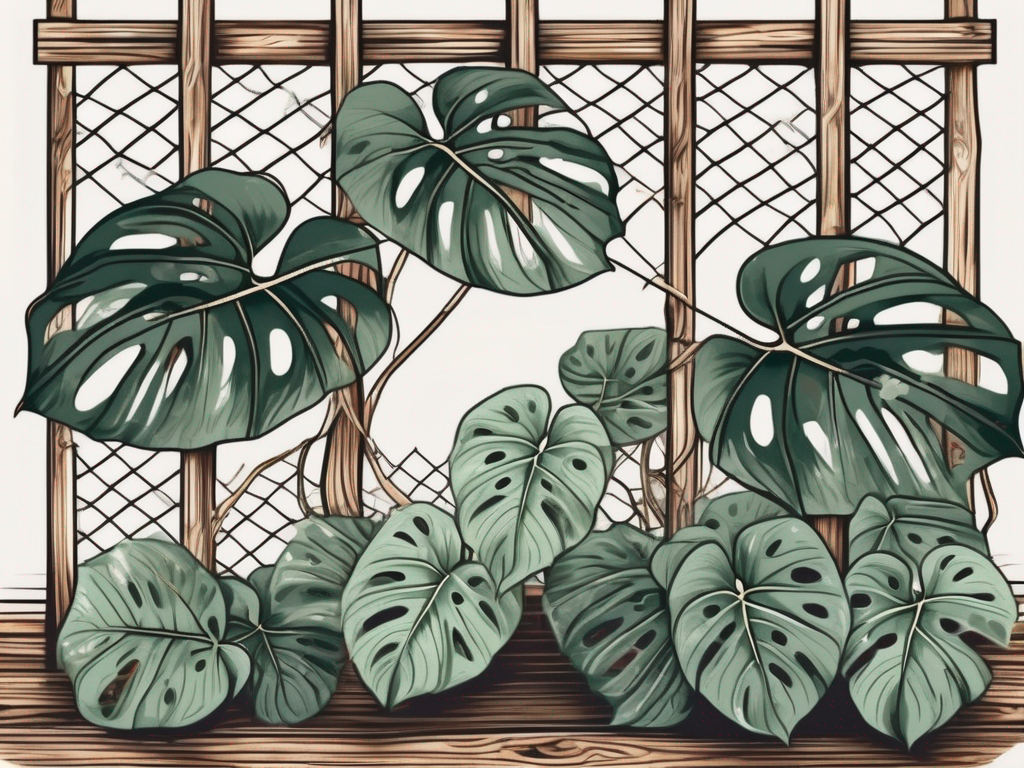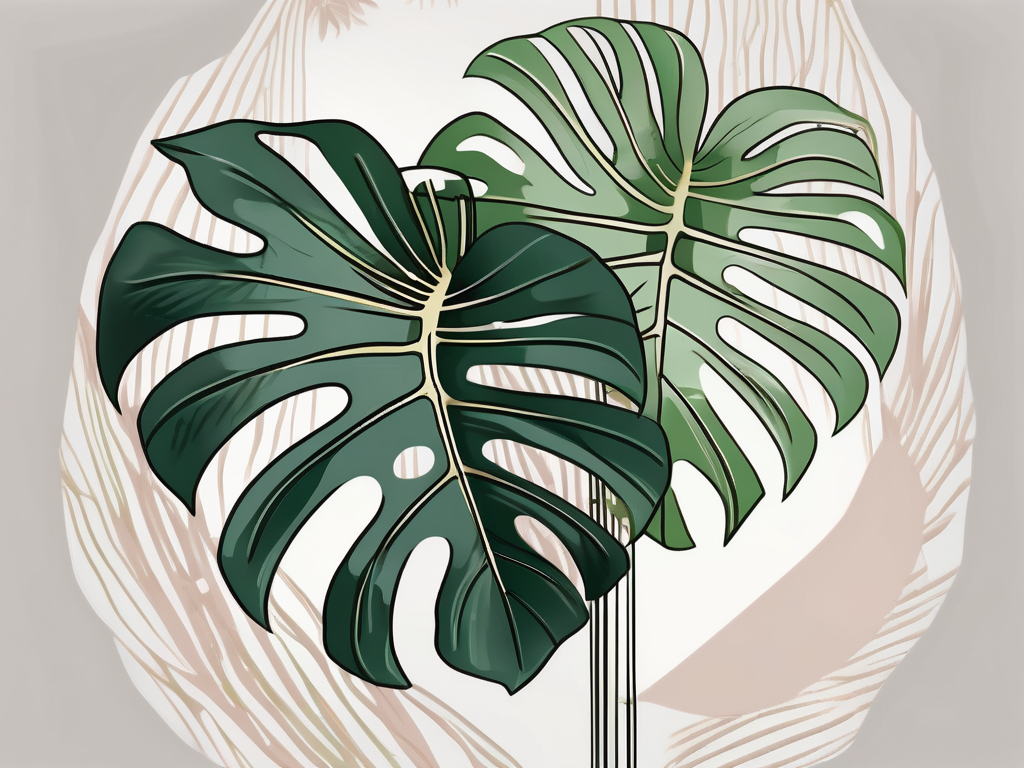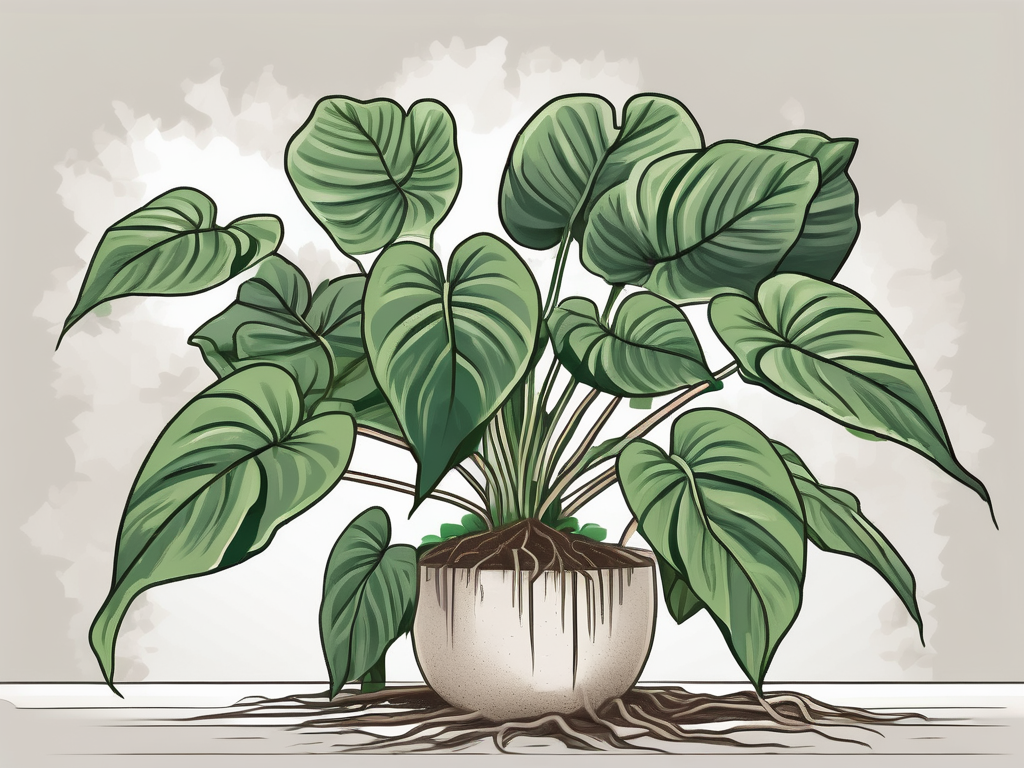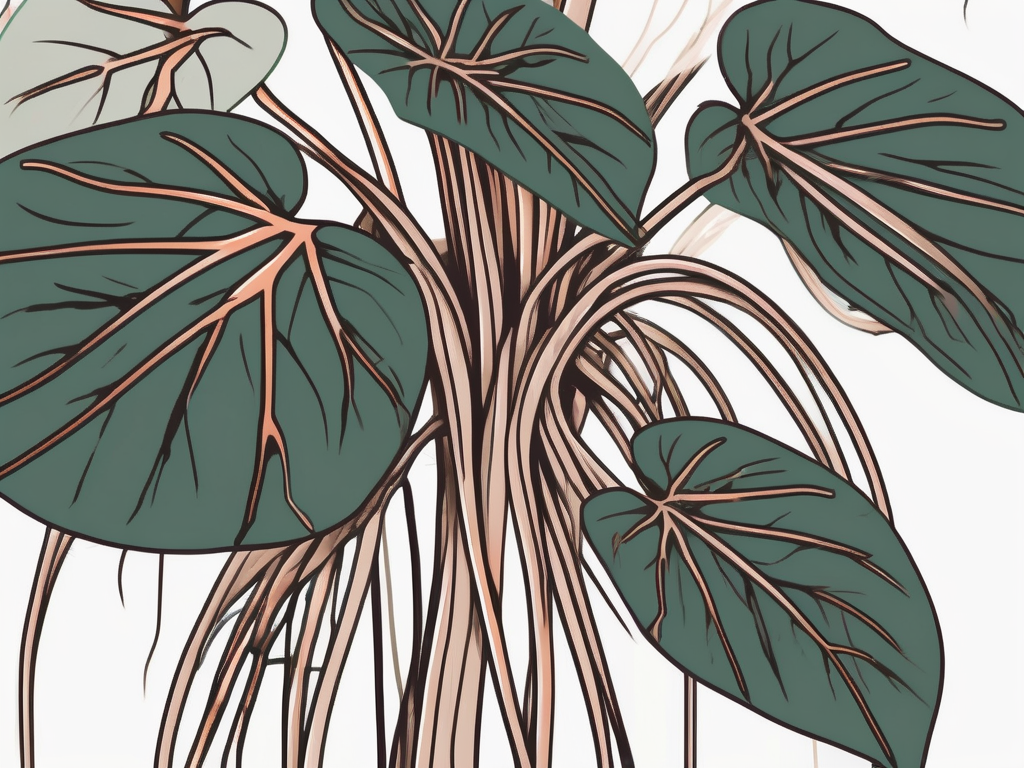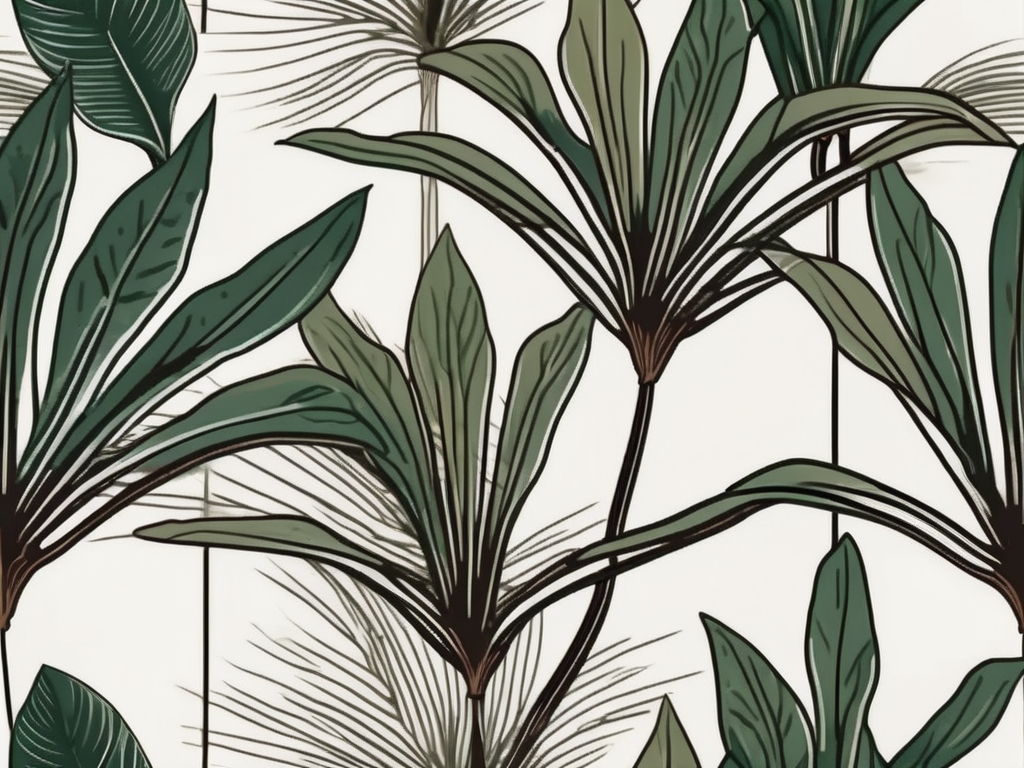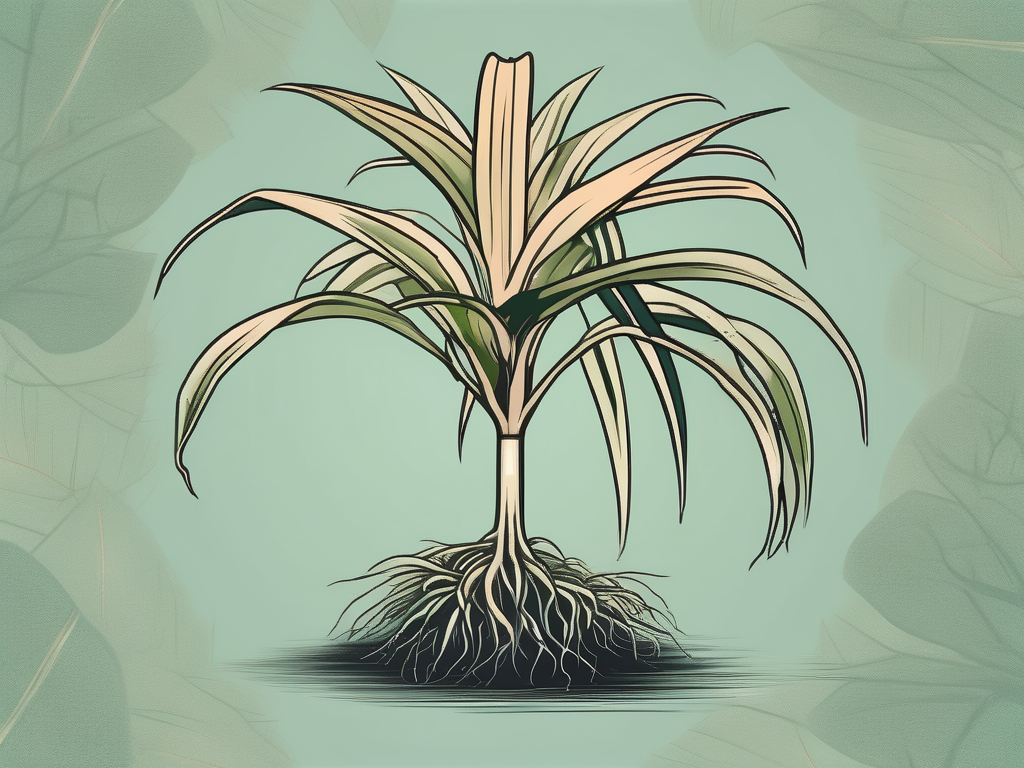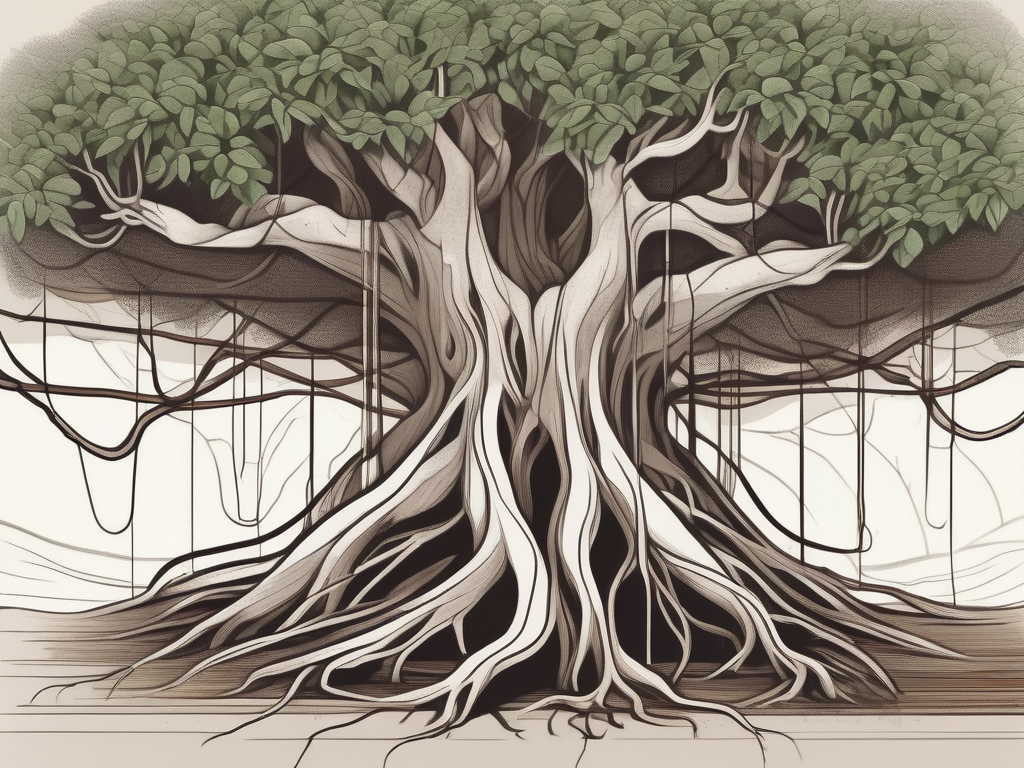
Rubber trees, formally known as Ficus elastica, are a staple for many plant lovers. They're known for their glossy, oversized leaves and are often chosen for their ability to bring a touch of greenery to any home. But there's a fascinating feature that often piques curiosity—their aerial roots. What role do these roots play, and how do they affect the care and maintenance of your rubber tree?
In this blog post, we'll take a closer look at rubber tree aerial roots, exploring their functions, how they develop, and what they mean for your plant's health. Whether you're a seasoned plant parent or just starting your plant care journey, understanding these unique roots can enhance your plant care skills and help your rubber tree thrive.
What Are Aerial Roots?
Aerial roots are a bit like nature's version of multitasking. They're roots that grow above the ground, unlike the ones we're used to seeing in the soil. These roots serve a variety of purposes, depending on the plant species. In the case of rubber trees, they help with structural support and nutrient absorption. You might notice them growing from the stem or branches, reaching towards the air or even back into the soil.
It's like having an additional set of hands for your plant, helping it grab onto surfaces for stability, especially in their natural habitat where they grow quite tall. These roots can also absorb moisture and nutrients from the air, which is handy in humid environments.
For indoor rubber trees, aerial roots can be a fun and unique feature. They add an extra layer of interest to the plant's appearance, resembling the adventurous spirit of a jungle explorer. But they're not just for looks—these roots can indicate the overall health of your plant.
The Role of Aerial Roots in Nature
In the wild, rubber trees can grow into magnificent giants, reaching heights of over 100 feet. Their aerial roots play a crucial role in this growth by providing support and stability. Growing amidst other tall trees in the rainforest means competition for sunlight and nutrients is fierce. Aerial roots allow rubber trees to anchor themselves securely, ensuring they can rise to meet the sun's rays.
These roots also help the plant to gather moisture from the humid air, which is essential for their survival in such environments. The roots act almost like a sponge, drawing in water and nutrients from the air, which supplements what the plant absorbs from the soil.
Interestingly enough, aerial roots can also enable rubber trees to propagate themselves. In their natural habitat, these roots may reach down to the ground and take hold, effectively creating a new plant from the parent tree. It's nature's way of ensuring the species continues to thrive and spread.
How Aerial Roots Develop Indoors
While indoor rubber trees won't reach the towering heights of their wild counterparts, they can still produce aerial roots. These roots will typically appear if the plant is healthy and receiving adequate care. Factors like humidity, light, and overall plant health play a pivotal role in their development.
High humidity tends to encourage aerial root growth. If your home is on the dry side, you might not see as many roots develop. However, you can mimic a more humid environment by misting your plant regularly or using a humidifier. Providing the right conditions can encourage these roots to grow and thrive.
Light is another important factor. Rubber trees love bright, indirect light. If your plant is getting enough light, it's more likely to produce aerial roots. Consider placing your rubber tree near a window that gets plenty of light but isn't directly in the sun's harsh rays.
Do Aerial Roots Need Special Care?
Thankfully, aerial roots don't require a lot of extra attention. They're pretty low-maintenance and don't need special treatment. However, keeping a few things in mind can ensure your rubber tree stays in tip-top shape.
- Monitoring Humidity: As mentioned earlier, aerial roots thrive in humid conditions. If your home is dry, consider adding a humidifier to keep your rubber tree happy.
- Provide Adequate Support: If your plant starts to develop a lot of aerial roots, it might need some additional support. You can use a moss pole or a stake to help your plant stay upright.
- Regular Checks: Keep an eye on the roots for any signs of rot or damage. Healthy aerial roots should be firm and not mushy.
While these roots add character to your plant, they don't require much fuss. Just ensure your rubber tree is in a suitable environment, and the roots will take care of themselves.
What If My Rubber Tree Doesn’t Have Aerial Roots?
Not seeing any aerial roots on your rubber tree? Don't worry—it's not necessarily a sign of poor health. Some indoor conditions might not be conducive to aerial root growth, and that's perfectly fine.
If you're concerned about it, you can try adjusting your plant's environment. As mentioned, increasing humidity and ensuring adequate light can encourage root development. But remember, the absence of aerial roots doesn't automatically mean something's wrong.
Focus on overall plant health. If your rubber tree has vibrant leaves and is growing steadily, it's likely doing just fine, aerial roots or not. Sometimes, plants just have their own personalities and quirks, much like people.
Incorporating Aerial Roots into Home Decor
Aerial roots aren't just functional—they can also be a unique design element in your home. Their wild, exploratory look can add a touch of the exotic to your space, making your rubber tree a conversation starter.
Consider allowing these roots to trail or climb, as they would in nature. You can guide them along a trellis or let them drape over the sides of a pot for a more natural look. This setup can create a stunning focal point, adding height and visual interest to your room.
If you're feeling creative, you could even incorporate the roots into a kind of living art installation. Use decorative plant stands or hang your rubber tree from the ceiling to showcase the roots. The possibilities are endless, and you can have fun experimenting with different arrangements.
Common Concerns About Aerial Roots
Like anything in plant care, aerial roots can sometimes cause a bit of confusion or concern. Here are a few common questions and worries plant parents might have:
- Are aerial roots a sign of distress? Generally, no. Aerial roots are a natural part of a rubber tree's growth. However, if they suddenly appear in large numbers or look unhealthy, it might be worth checking your plant's overall care routine.
- Can I trim aerial roots? Yes, if they're becoming unruly or you simply prefer a neater look. Just make sure to use clean, sharp scissors to prevent damage to the plant.
- Will aerial roots damage my walls or furniture? Not usually. These roots aren't aggressive like some other plant species. They'll typically just rest against surfaces without causing harm.
Understanding these roots can help alleviate any worries and allow you to appreciate their unique contribution to your plant's health and aesthetics.
Encouraging Healthy Aerial Root Growth
If you're keen on promoting aerial root growth, there are a few things you can do to encourage your rubber tree:
- Regular Misting: Keep those roots happy by misting them regularly. This mimics their natural environment and can boost growth.
- Fertilize Sparingly: A little fertilizer can go a long way. Use a balanced, water-soluble fertilizer every couple of months during the growing season to give your plant a nutrient boost.
- Watch the Temperature: Rubber trees prefer warmer temperatures, so try to keep your home cozy without going overboard.
Creating the right conditions for your rubber tree will naturally lead to healthier roots, both aerial and subterranean.
Final Thoughts
Rubber tree aerial roots are a fascinating part of their biology, contributing to their growth, stability, and even propagation. Whether your rubber tree sports a few aerial roots or none at all, understanding their role can enhance your plant care routine.
At Cafe Planta, we're here to help you with any plant-related questions or needs. Whether you're looking for a new addition to your plant family or need advice on care, we offer a variety of houseplants and accessories. Feel free to reach out through our email or send us a message on Instagram. We're excited to connect with you and share our love of plants!













